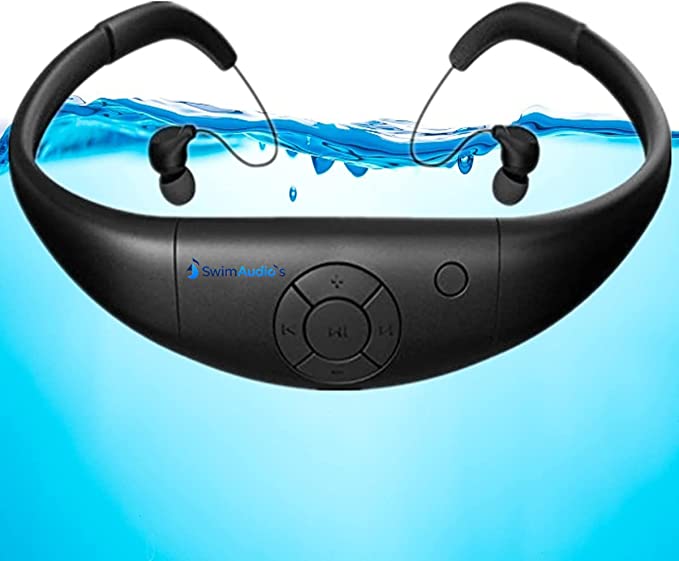The Physics of Renewal: How a Rechargeable Dehumidifier "Exhales" Water
Update on Oct. 21, 2025, 1:18 p.m.
We’ve seen how a mini dehumidifier acts like a lung for our small spaces, silently “inhaling” moisture from the air. But perhaps its most ingenious feature is its ability to “exhale”—to be reborn. When the indicator beads turn green, we plug it into the wall for 10-12 hours. It gets warm, and miraculously, it is restored to its original thirsty state. This “recharging” isn’t filling a battery; it’s a carefully controlled physics experiment in forcing trapped water molecules to escape their bonds.

The story begins at the microscopic level with the force responsible for trapping water in the first place: physical adsorption. The immense internal surface of silica gel is a landscape of atoms. Passing water vapor molecules are attracted to this surface by a subtle but powerful intermolecular force known as the van der Waals force. It’s a weak, short-range attraction between molecules, akin to a form of molecular static cling. While a single van der Waals bond is incredibly weak, the vast surface area of silica gel means that a water molecule is attracted by countless surface atoms simultaneously, holding it firmly in place. This is the “embrace” that pulls moisture from the air.
To reverse this process—to break the embrace—we need to give the water molecules enough energy to escape. This is the job of the unit’s internal heating element. According to the specifications of a device like the Eva-dry E-333, this element has a power rating of about 22.5 watts. When you plug it in, this electrical energy is converted into thermal energy, or heat. Heat, at its core, is the kinetic energy of molecules. As the silica gel matrix warms up, this energy is transferred to the adsorbed water molecules, causing them to vibrate more and more violently.
This leads us to the central process: desorption. Think of the energy required for a water molecule to break free from the silica surface as an “escape velocity.” At room temperature, very few molecules have enough kinetic energy to reach this velocity. But as the heater runs, it raises the overall temperature. Following a principle known as the Boltzmann distribution, this increase in temperature means a much larger fraction of the water molecule population now possesses energy exceeding the escape threshold. They vibrate so intensely that they overcome the van der Waals forces binding them, launching off the surface and re-entering the air as water vapor. This is why the unit feels warm and must be placed in a well-ventilated area during regeneration—it is actively releasing both heat and the several ounces of water it previously captured.
But why does it take 10-12 hours? Let’s do a quick “back-of-the-envelope” physics calculation.
* Energy Input: A 22.5 W device running for 10 hours (36,000 seconds) supplies:
22.5 J/s * 36,000 s = 810,000 Joules (810 kJ) of energy.
* Energy Needed: The device can hold up to 6 ounces of water, which is about 0.17 kilograms. The energy needed just to turn 0.17 kg of room-temperature water into vapor (its latent heat of vaporization) is approximately:
2260 kJ/kg * 0.17 kg = 384 kJ.
At first glance, it seems the device supplies more than double the energy needed. This makes perfect sense. Firstly, the process is not 100% efficient; a significant amount of heat is lost to the surrounding environment. Secondly, and more critically, the energy required for desorption (defined by the heat of adsorption) is slightly higher than the simple heat of vaporization. The molecules don’t just need to become a gas; they first have to break the van der Waals bonds holding them to the surface. This extra energy requirement is why sustained, gentle heating is necessary.
The renewal process is thus a triumph of applied thermodynamics. It uses a small, controlled input of energy to overcome the fundamental intermolecular forces of nature, reversing a spontaneous physical process. It’s a cycle of capture and release, powered by simple physics, that allows a small, silent guardian to protect our valuables again and again.





























